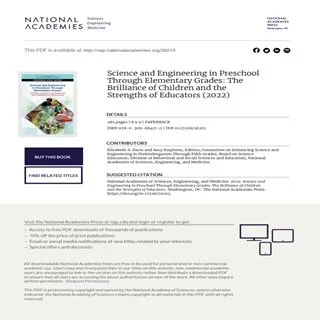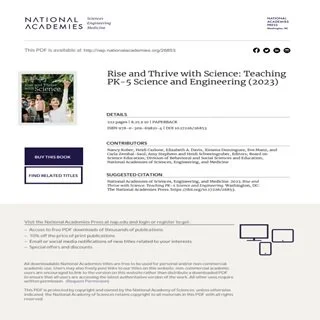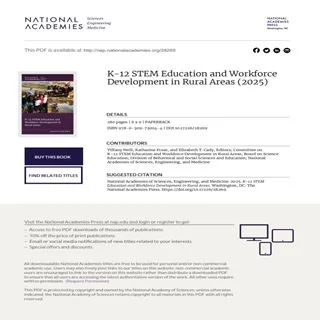By Linda Casola and Tiffany E. Taylor
The Board on Science Education and the Board on Mathematical Sciences and Analytics of the National Academies of Sciences, Engineering, and Medicine convened the Workshop on Increasing Student Success in Developmental Mathematics on March 18-19, 2019. The Workshop explored how to best support all students in postsecondary mathematics, with particular attention to students who are unsuccessful in developmental mathematics and with an eye toward issues of access to promising reforms and equitable learning environments.
The two-day workshop was designed to bring together a variety of stakeholders, including experts who have developed and/or implemented new initiatives to improve the mathematics education experience for students. The overarching goal of the workshop was to take stock of the mathematics education community's progress in this domain. Participants examined the data on students who are well-served by new reform structures in developmental mathematics and discussed various cohorts of students who are not currently well served - those who even with access to reforms do not succeed and those who do not have access to a reform due to differential access constraints. Throughout the workshop, participants also explored promising approaches to bolstering student outcomes in mathematics, focusing especially on research and data that demonstrate the success of these approaches; deliberated and discussed barriers and opportunities for effectively serving all students; and outlined some key directions of inquiry intended to address the prevailing research and data needs in the field. This publication summarizes the presentations and discussion of the workshop.







